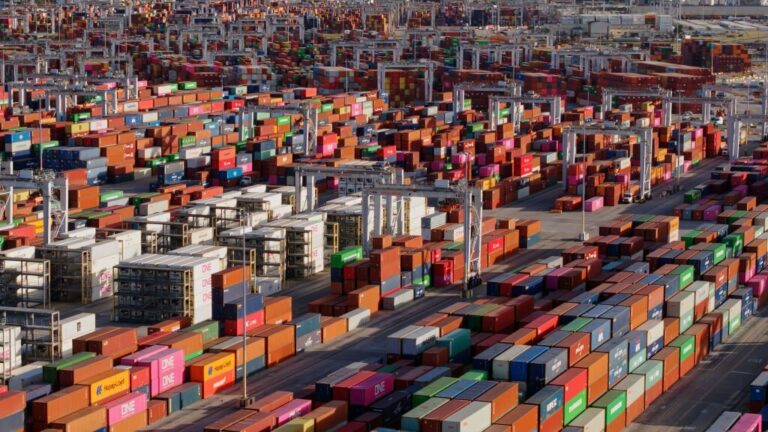Top 10 Best Supply Chain Visibility Software in 2025
Supply chain blind spots cost businesses time and money. Delays, lost shipments, and unexpected disruptions can derail operations. This is why supply chain visibility (SCV) software is essential. It provides real-time tracking, predictive analytics, and data-driven insights to keep shipments moving efficiently.
In 2025, choosing the right SCV solution gives businesses a competitive advantage. This list covers the top 10 supply chain visibility platforms, comparing their features, strengths, and impact on global logistics.
1. GoComet
GoComet is an AI-powered logistics platform that provides real-time shipment tracking across sea, air, rail, and road. It offers automated updates and predictive ETAs, helping businesses reduce delays and improve efficiency. The user-friendly interface simplifies shipment management, while its AI-driven optimization automates workflows and enhances cost savings.
The consignee dashboard ensures all stakeholders receive timely notifications. While GoComet excels in global freight tracking, its road tracking features are less advanced, and it does not support SKU-level tracking, limiting visibility at the product level.
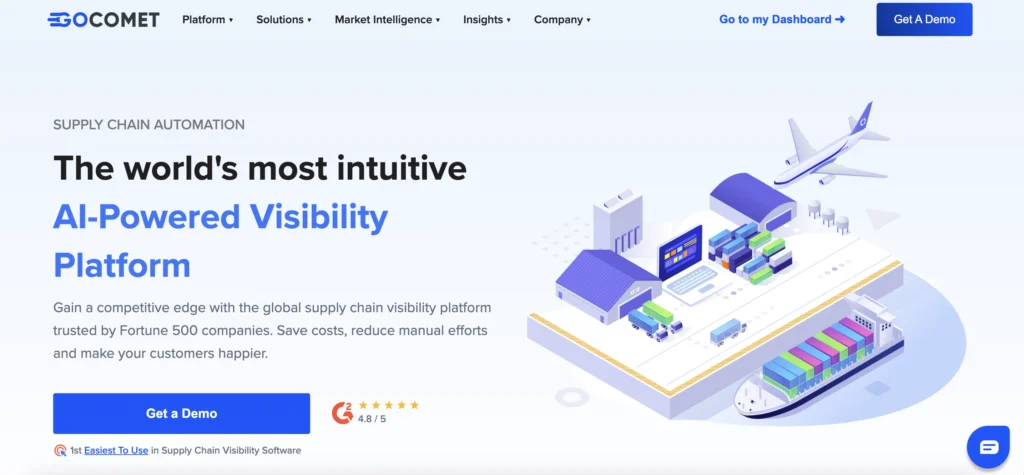
Ratings (as of May, 2025):
G2: 4.8/5
Gartner: 4.9/5
Testimonials:
“We have been using GoComet for a year and a half now and we love it. They offer unique features like Predictive ETA, bulk upload of trackings, real-time vessel tracking, Demurrage and Detention information, and much more. With all these features, the platform is still easy to use and understand. Their team is also very supportive and addresses any doubts we have efficiently and promptly.”
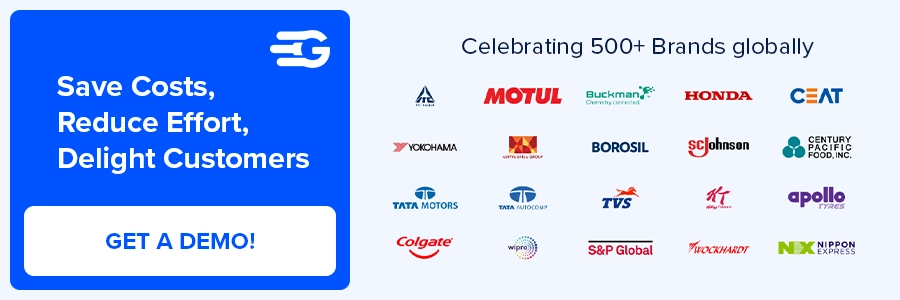
2. FourKites
FourKites uses AI-powered predictive analytics to help businesses avoid disruptions and keep shipments on track. It provides real-time tracking not just for freight but also for warehouses, yards, and retail locations, making it a comprehensive logistics visibility tool. With multi-mode shipment tracking, it ensures seamless coordination across different transport methods.
Customizable dashboards allow businesses to focus on key metrics, improving decision-making and efficiency. While scalable for complex supply chains, the platform requires training to maximize its features, and setup time varies depending on system integrations.
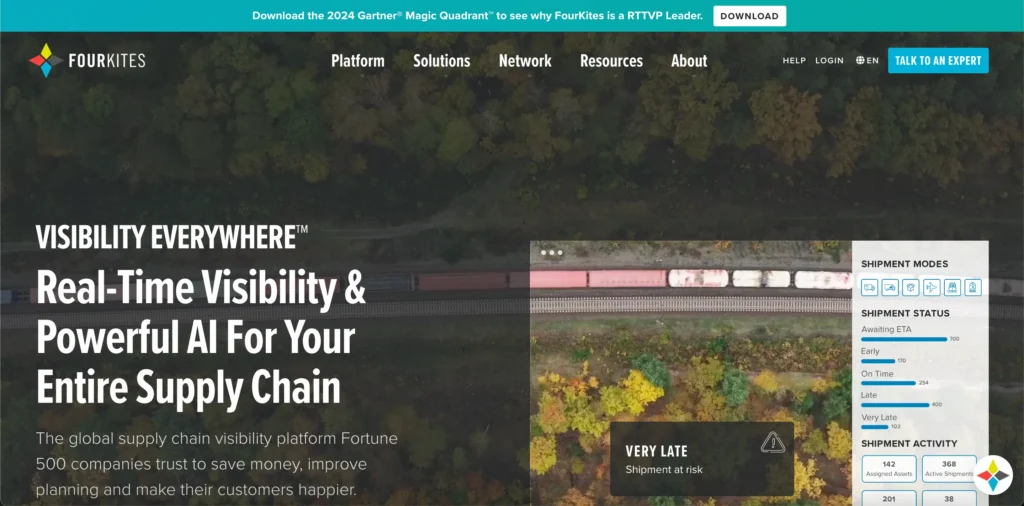
Key Features:
- Predictive Analytics: Leverage AI-driven insights to predict delays, identify bottlenecks, and proactively optimize logistics operations for smoother workflows.
- End-to-End Visibility: Monitor transportation, yards, warehouses, and stores in real-time, ensuring seamless tracking across the entire supply chain.
- Customizable Dashboards: Create tailored dashboards to focus on key metrics, enabling precise monitoring and quicker decision-making.
- Multi-Mode Shipment Tracking & Optimization: Track and optimize shipments across multiple transportation modes, ensuring seamless coordination and improved efficiency from start to finish.
Limitations:
- Training required: Users may need some time to familiarize themselves with the platform.
- Variable implementation time: Setup duration can vary based on integration needs and system complexity.
Ratings (as of May, 2025):
G2: 4.5/5
Gartner: 4.5/5
Testimonials:
“This is a great tool in first place which gives the live tracking and estimates the arrival based on current globcal situation. from my past experience of 6months using this tool, i can say its accuracy is 95% while tracking the shipments which is outstanding in the current global issues we are in. I like to have more insights based on user requirements like if the customer is receiving the material from same vendor again and again it should give him the details on his dashbaord without him checking.”
3. Descartes MacroPoint
Descartes MacroPoint is a global freight tracking and trade compliance solution designed for businesses managing large-scale international shipments. It provides real-time, multimodal tracking and predictive alerts, helping shippers anticipate and prevent delays.
With automated order processing, it reduces errors and speeds up operations. Carrier management tools centralize rate tracking and performance data, improving decision-making. Integrated invoicing and reporting simplify financial management. While the platform offers strong visibility and compliance features, its interface can feel cluttered, and manual load entry slows bulk processing, making it less efficient for high-volume shipments.
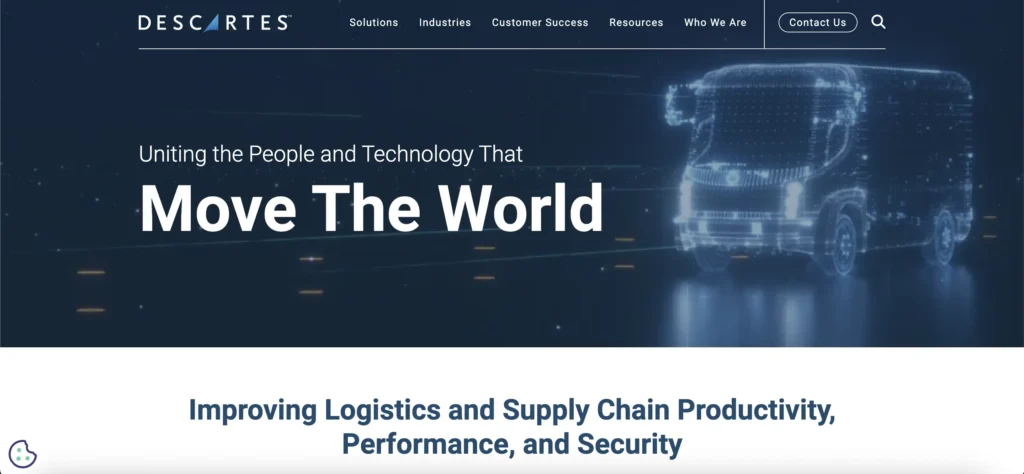
Ratings (as of May, 2025):
G2: 4.6/5
Gartner: 4/5
Testimonials:
“Its precise and fast to understand, You can track the shippment. Interface, can be adjusted to be more user friendly. I wish I could duplicate multiple loads at once instead of just one at a time. If this could be changed, it would help me save time when entering loads into the system.”

While supply chain visibility for your shipments has become
non-negotiable, how well-prepared are you to choose the right vendor for your organization?
We’ve put together a free, comprehensive checklist with over 60 essential questions to ask before selecting a vendor.
4. Shippeo
Shippeo is a real-time shipment tracking platform designed for businesses that prioritize customer satisfaction. It provides accurate ETAs and proactive exception management, helping companies address delays before they impact deliveries.
With seamless carrier integrations, it connects shippers with logistics partners for improved collaboration. The user-friendly interface makes it easy to adopt without extensive training. However, support response times can be slow, and limited customization options may make it harder to adapt to specific business needs.
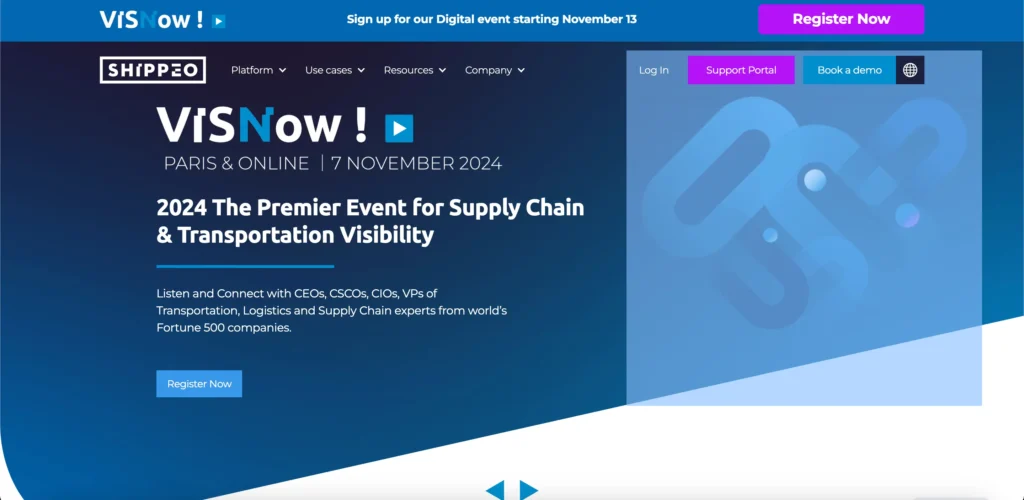
Ratings (as of May, 2025):
G2: 4.7/5
Gartner: 4.8/5
Testimonials:
“Analysis tool very clear. Useful tool to provide real time feedback to customers. Not possible to overwrite some information from database (sometimes we need to manage some exceptions as Geocodes, time windows).”
5. Project44
Project44 is built for businesses handling high shipment volumes, providing real-time tracking, predictive insights, and seamless TMS integration. It automates manual tasks, improves logistics efficiency, and ensures accurate ETAs with AI-driven analytics. Its carrier onboarding automation enables 90% of carriers to integrate within 30 days, reducing setup delays.
Additionally, it includes CO₂ emissions tracking for businesses focused on sustainability. However, support response times can be slow, and complex onboarding for ocean and road transport may require workflow adjustments.
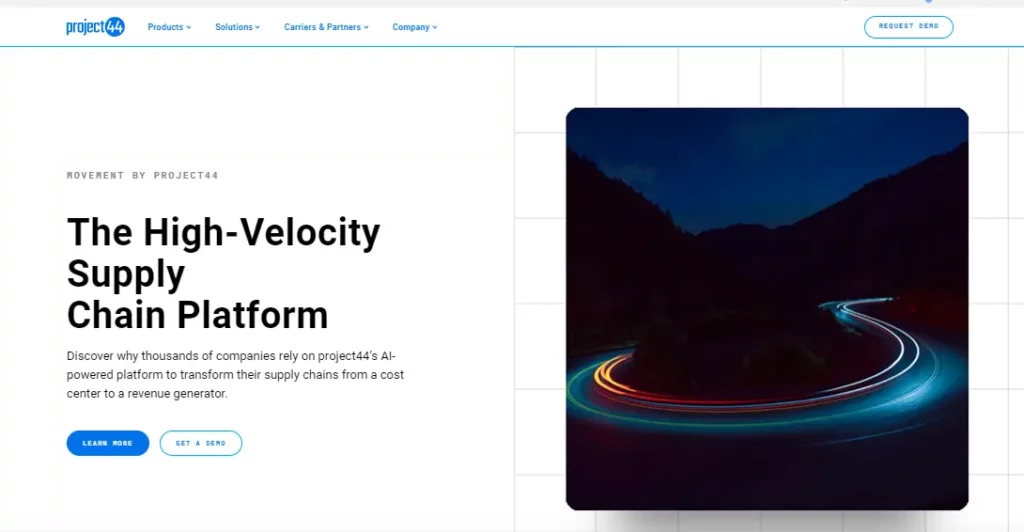
Ratings (as of May, 2025):
G2: 4.7/5
Gartner: 4.8/5
Testimonials:
“It clearly give exact picture of our shiment status. Some shippling does not seen that must be covered.”
6. Overhaul
Overhaul goes beyond tracking by focusing on risk management and compliance, helping businesses prevent theft, delays, and disruptions. Its real-time alerts and temperature-sensitive monitoring ensure shipments stay secure and on schedule.
The cloud-based platform enables seamless communication, consolidating data for better decision-making. While Overhaul provides strong supply chain risk visibility, it lacks a dedicated mobile app, and rail shipments are not supported, limiting flexibility for multimodal transport.
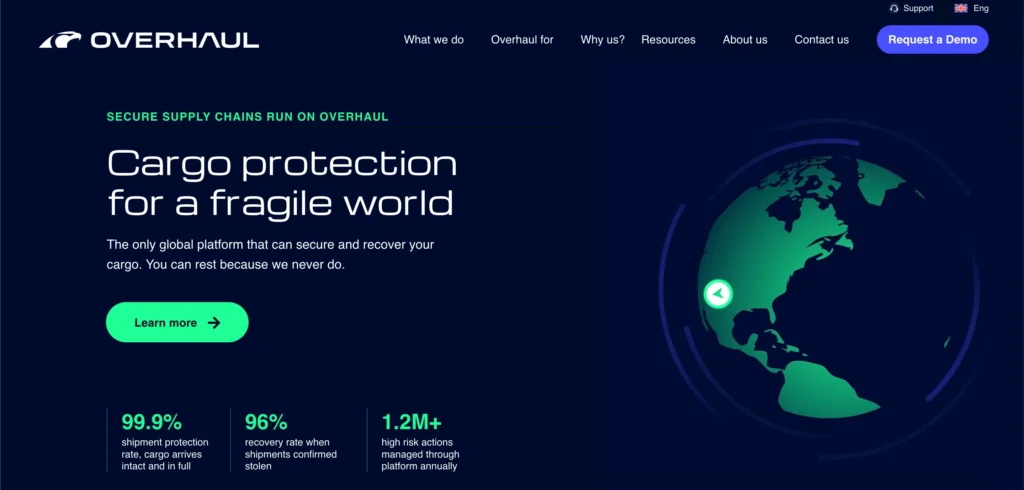
Ratings (as of May, 2025):
G2: 4.6/5
Gartner: 4.7/5
Testimonials:
“Overhaul has a great product and support team behind it, however I have found the level of quality between each support office varies. Overhaul has recently expanded into some new territories adding support teams, however it seems these teams may not be quite as up to speed on all the proper procedures as some of the older offices.”
7. Oracle Cloud SCM
Oracle connects supply chain operations with core business functions, integrating seamlessly into its ERP suite. It enhances logistics, inventory, and fleet management while providing real-time global tracking.
With IoT and blockchain technology, it boosts data accuracy and security, making it ideal for enterprises needing a scalable, future-proof solution. However, some features, like forecasting, are complex, and the transition to the cloud is still in progress, leaving functionality gaps compared to its legacy system.
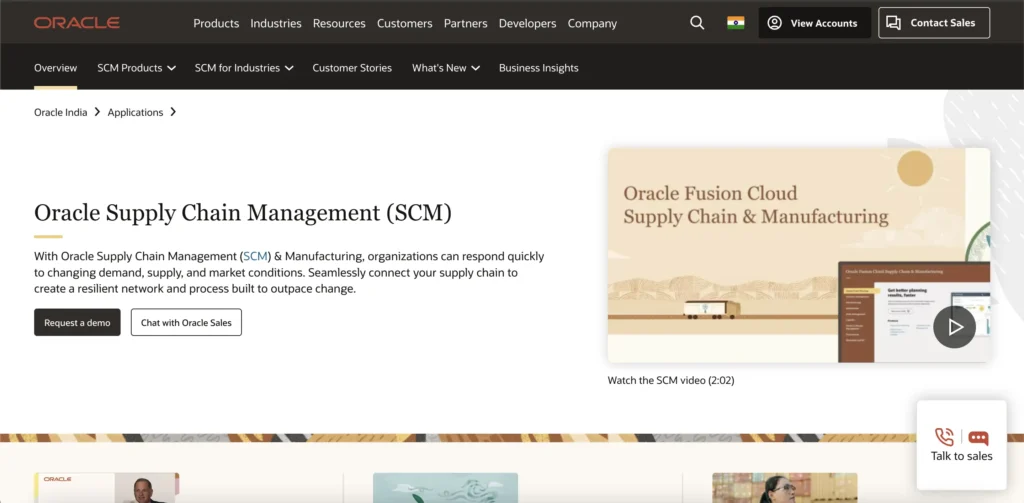
Ratings (as of May, 2025):
G2: 4.5/5
Gartner: 4.7/5
Testimonials:
“The information given, is useful but can be better the pages are no so intuitive. the grafics an the integration of the pages are not so great.”
8. SAP Integrated Business Planning
SAP Integrated Business Planning (IBP) combines real-time demand forecasting, inventory planning, and risk management to keep supply chains aligned and efficient. Its predictive analytics help businesses anticipate disruptions and adjust proactively, while seamless integration with SAP’s ecosystem ensures smooth data flow across operations.
However, high setup costs and complex implementation require technical expertise and significant investment, making it better suited for large enterprises rather than smaller businesses.
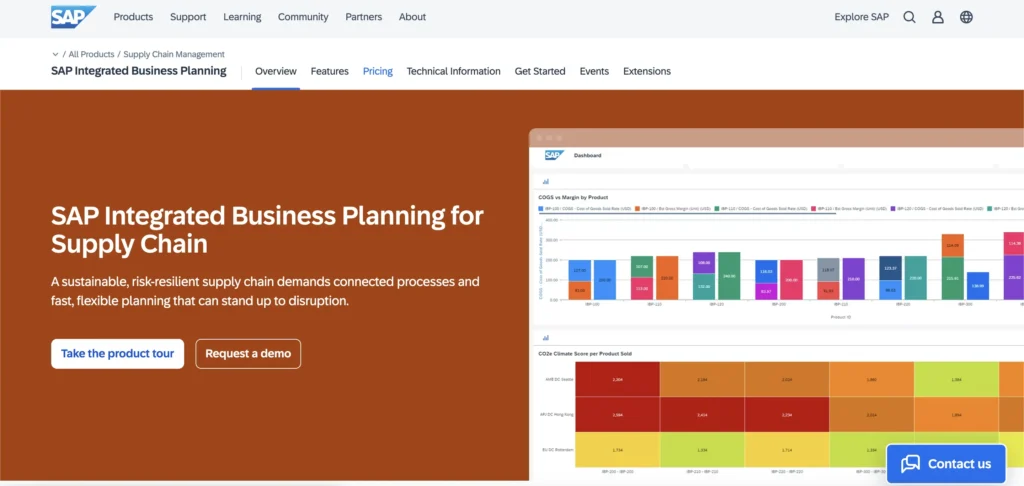
Ratings (as of May, 2025):
G2: 4.2/5
Gartner: 4.2/5
Testimonials:
“All is very excellent in SAP but the option for upgrading and enhancing performance are quite sophisticated and difficult to grasp, and little bit issue in customer service.”
9. Infor Nexus
Infor Nexus simplifies supply chain visibility by keeping businesses, suppliers, and logistics partners connected in real time. Its AI-driven predictive insights help companies anticipate disruptions, optimize shipments, and make faster decisions.
With end-to-end supply chain orchestration and easy integration with existing systems, it’s a great choice for businesses seeking a seamless, scalable solution. However, scalability issues and limited advanced features may pose challenges for large enterprises with complex supply chain needs.
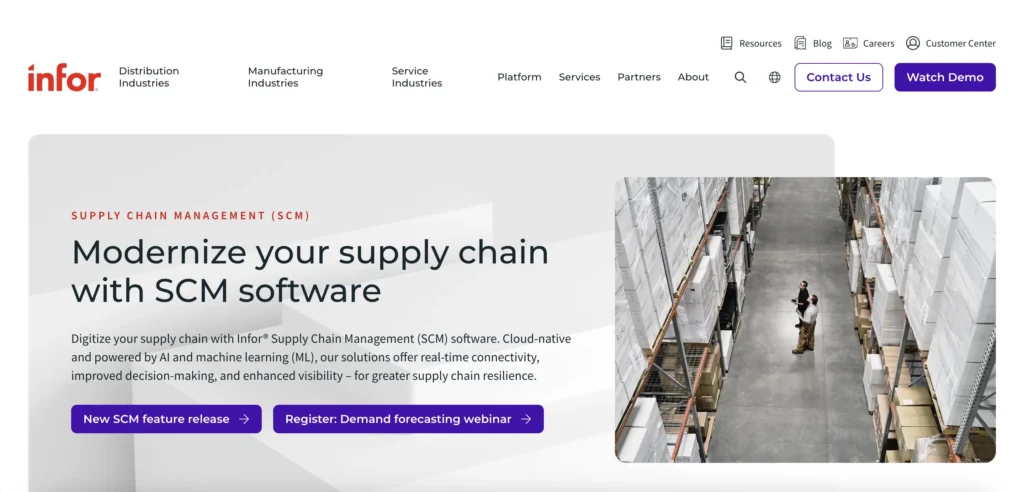
Ratings (as of May, 2025):
G2: 4/5
Gartner: 4.2/5
Testimonials:
“The UI is very helpful to understand event for an ordinary person who is not from the IT Background. A lot more new features such as logistics visibility could be added on in the factory user login too.”
10. Blue Yonder
Blue Yonder combines AI-powered demand forecasting with supply chain visibility, helping businesses stay ahead of inventory and logistics challenges. Its machine learning capabilities enable data-driven decision-making, boosting efficiency and reducing waste.
A key strength is its seamless integration with other supply chain systems, ensuring an optimized workflow. Plus, sustainability tracking tools help businesses monitor and improve their environmental impact. However, limited customization options and integration challenges with Oracle systems may require additional effort for full compatibility.
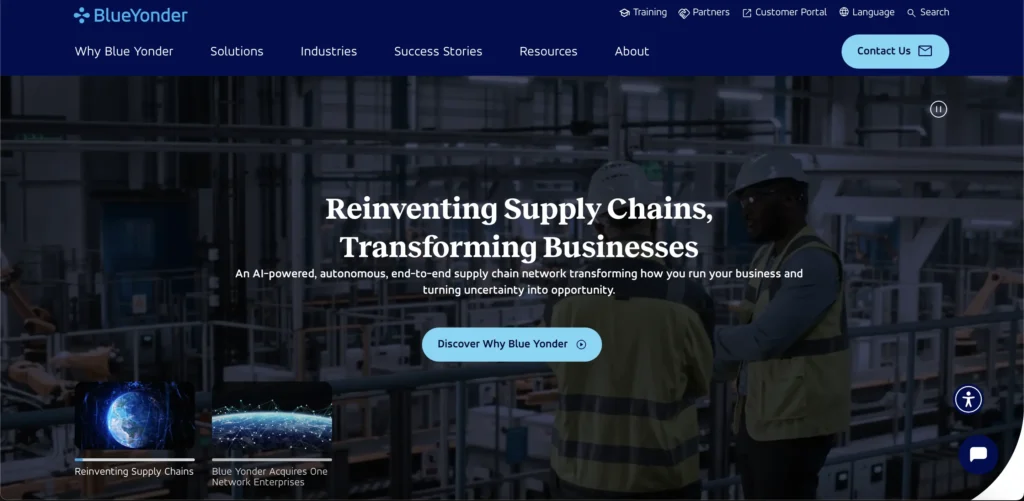
Ratings (as of May, 2025):
G2: 4.5/5
Gartner: 4.5/5
Testimonials:
“The possibility of segmenting work, controlling traffic in aisles without equipment and people congestion to mitigate accidents, and traceability of inventory, equipment and workers. On some occasions, the use of the filters on the screens is not so clear or even does not act to filter the records. Some dashboards should expose more information so that inventory tracking is easier.”
Final Words
Selecting the right supply chain visibility software comes down to your business priorities. Whether you need real-time tracking, predictive insights, or seamless system integration, the ideal solution should align with your operational needs and growth plans. Factors like scalability, ease of implementation, and support reliability should guide your decision.
With the right platform, businesses can gain full visibility, reduce disruptions, and make data-driven decisions to stay competitive in a fast-moving supply chain landscape.
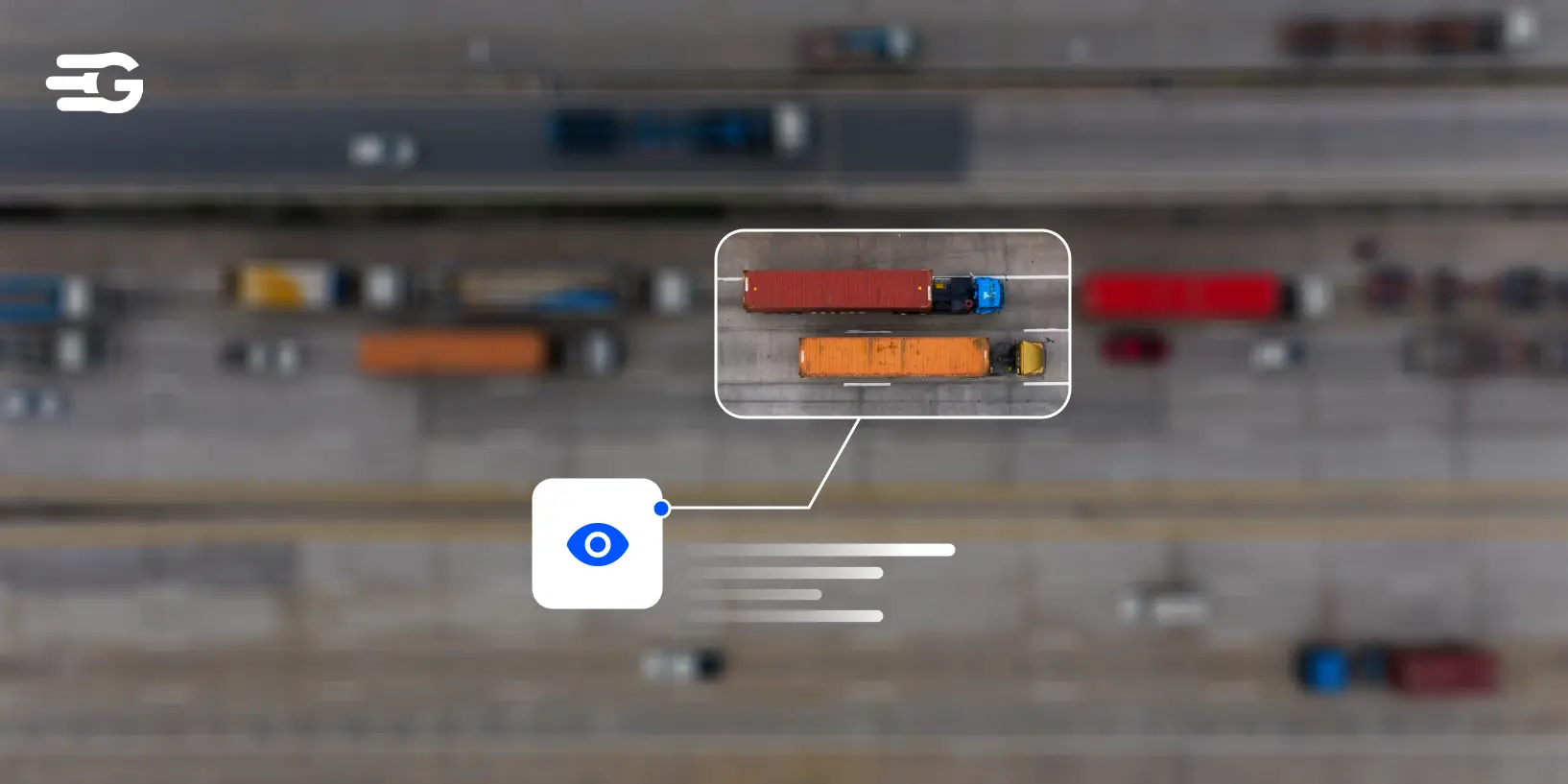
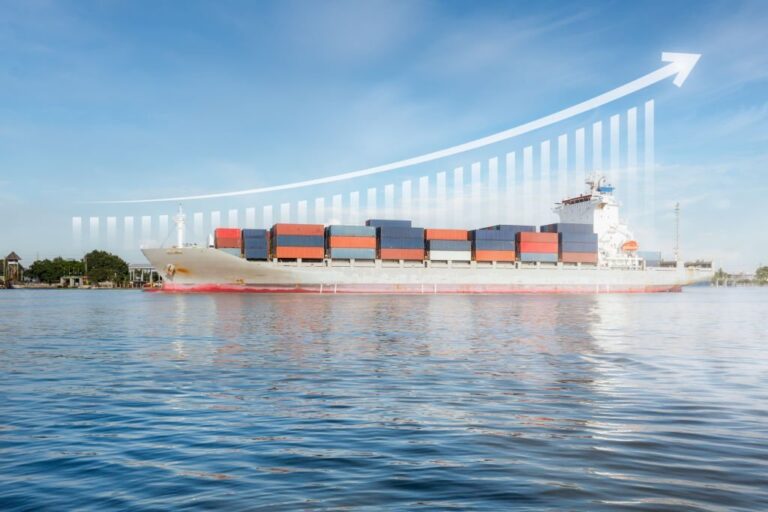
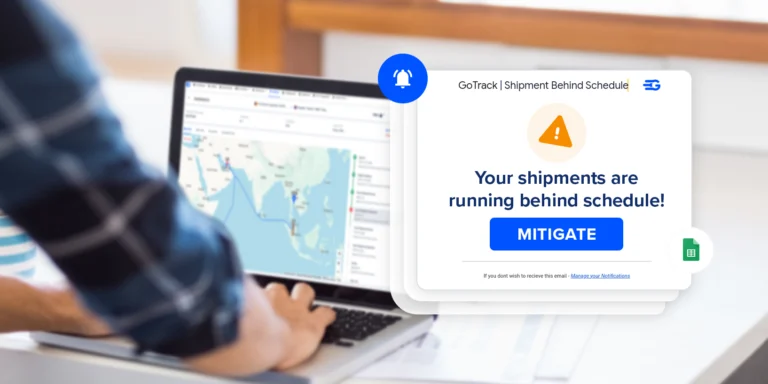
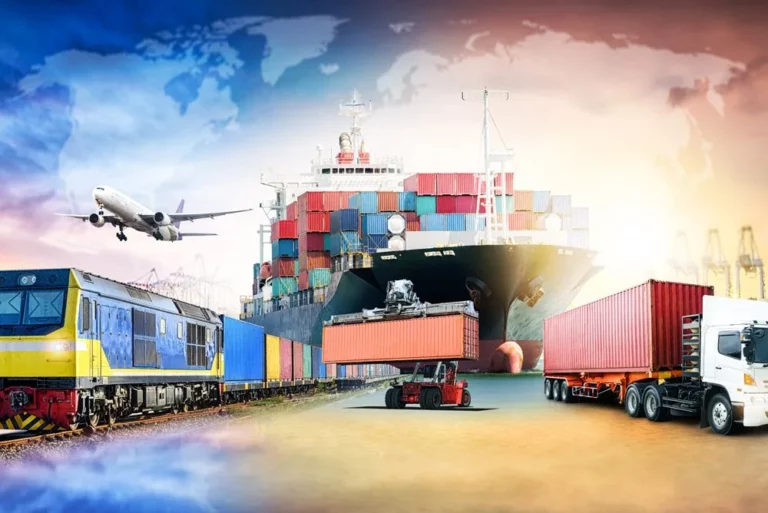
![Top 12 Air Freight Software of 2025 [+Features and Reviews] 17 Top 12 Air Freight Software of 2025 [+Features and Reviews]](https://www.gocomet.com/blog/wp-content/uploads/2023/06/patrick-campanale-oCsQLKENz34-unsplash-768x576.webp)

